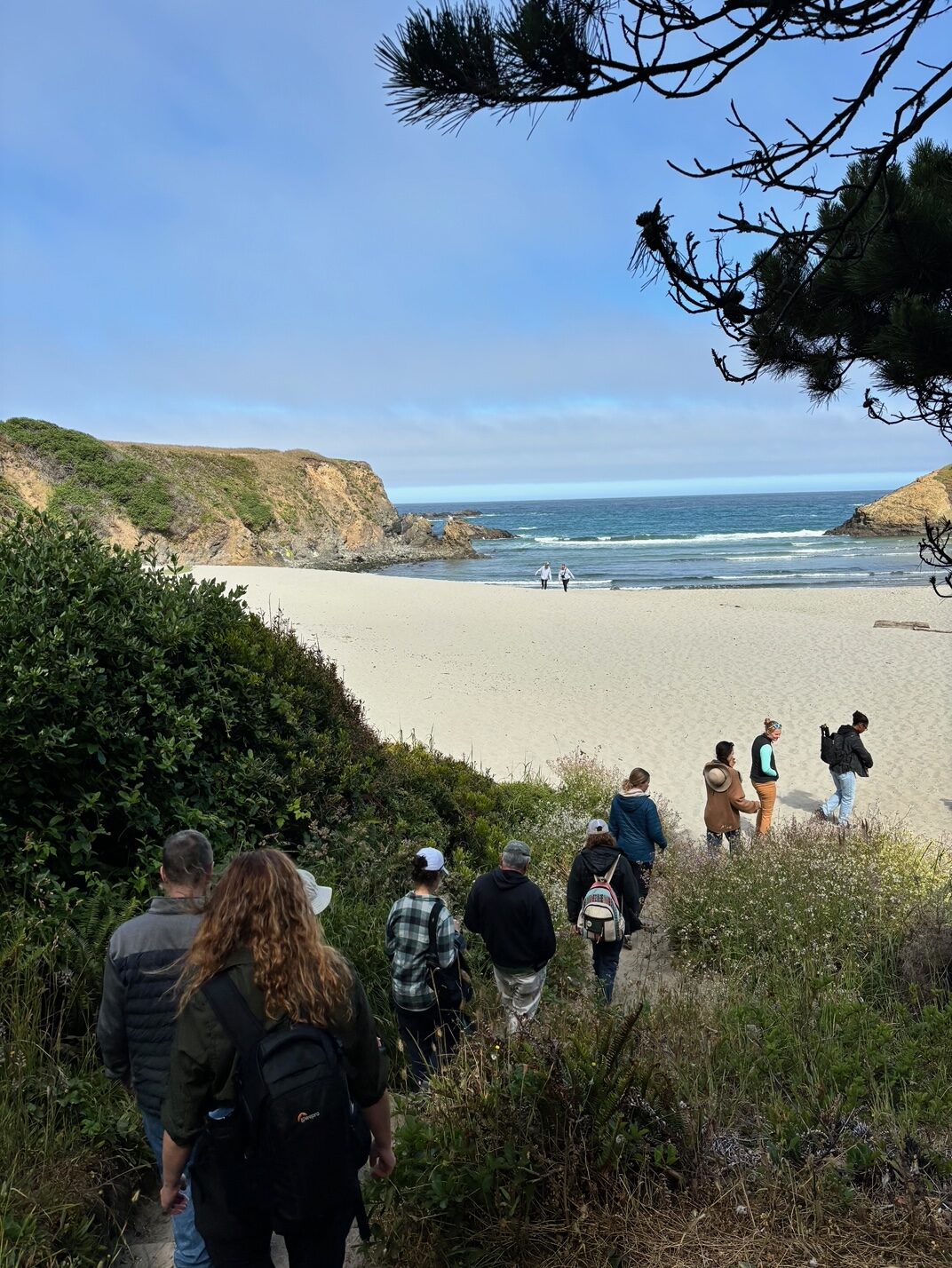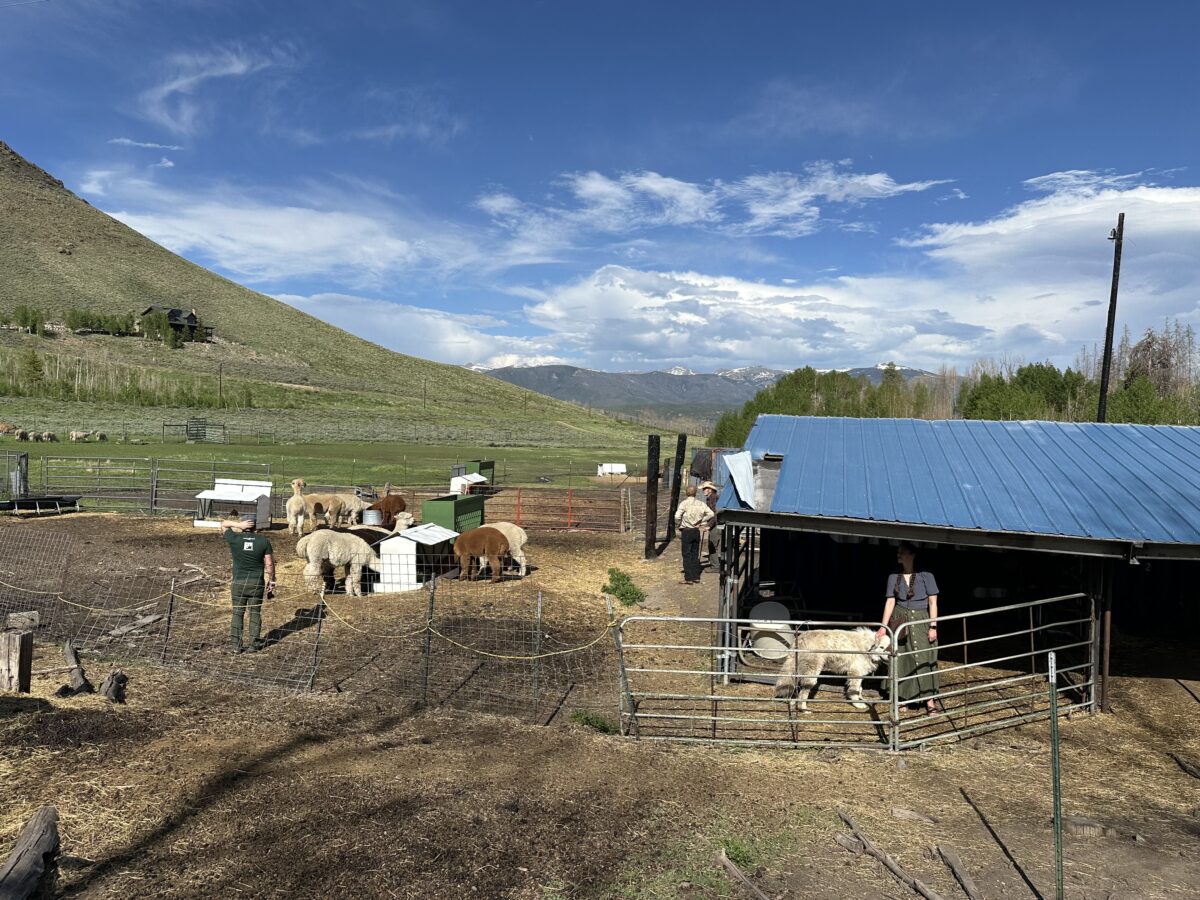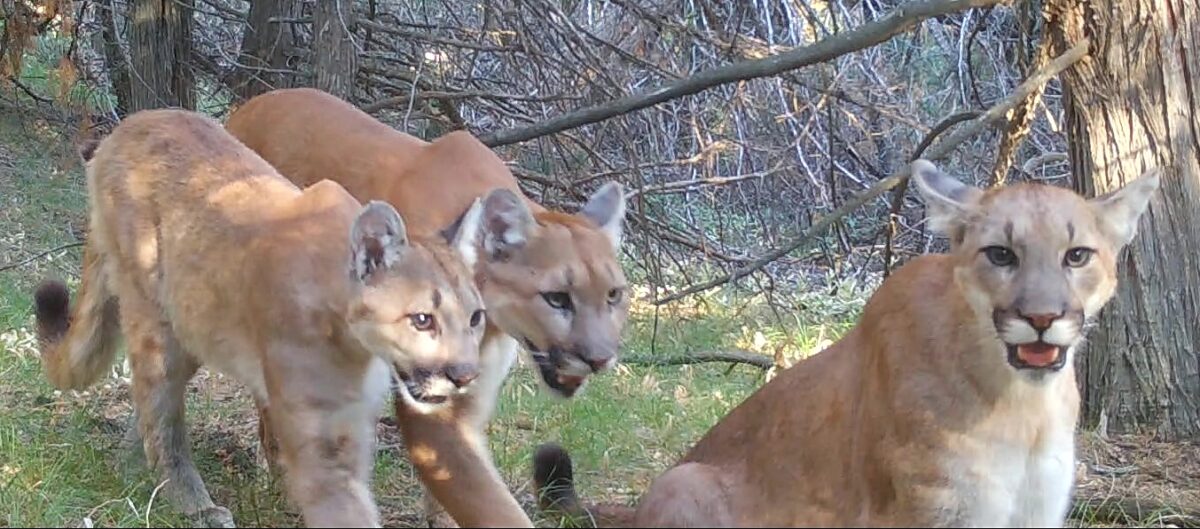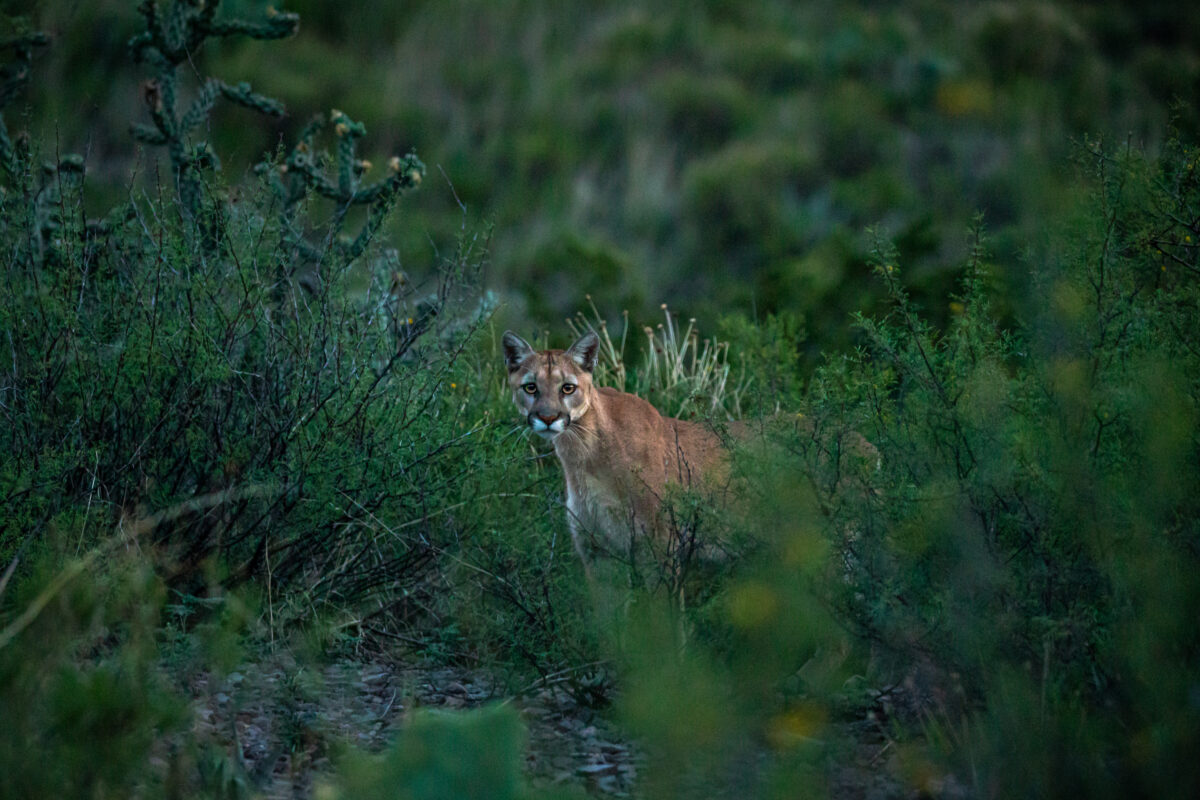America’s Lion and the Perils of Social Media
Guest Commentary by Artemis Grey
The continued expansion of American civilization online has mountain lions–cougars, pumas, panthers, depending on your location in the country–facing a new-challenge of pseudo reality. Just as the habitat of mountain lions has been indelibly altered in the name of progress, so too is their very reputation been reformed via misinformation and misunderstanding on social media.
The misinformation does not need to be intentional to provide the public with an inaccurate view and understanding of a species like the mountain lion. A recent post by the Guadalupe Mountains National Park on their Facebook page shows a mountain lion wearing some sort of narrow white collar caught on a trail cam. The Park, or more accurately, whomever runs their social media pages, provided commentary describing the sighting as an exciting event, because their Park has not collared mountain lions since the 1980s, which means that this collared cat has travelled from another vicinity, showing their wide range.
But the date on the trail camera image is from 2020, and the narrow, lumpy white collar visible on the cat is unlike any known tracking device, the straps of which are wide, designed to evenly spread the weight of the electronic components. The exact date the image was captured is not clear. Where the mountain lion shown came from cannot be known, and what its collar, or the feature that looks like a collar, represents, also cannot be known. But what is very sure, is that this cat is not an animal wearing a known or common type of tracking collar.
Every little such bit of misinformation adds up, building in the public’s mind the idea that mountain lions are thriving and free ranging without conflict or issue. But as evidenced by recent livestock losses in the Descanso area of San Diego County there remains a palpable level of friction between indigenous mountain lions, and human residents. The Mountain Lion Foundation knows that humans and wildlife can coexist but for that to happen there needs to be frequent and relevant dialogue between conservation entities like the Mountain Lion Foundation, and the public.
Californians love their state and its vast open spaces. They also love their wildlife, including mountain lions. With the ongoing drought, climate change, wildfires, and continual expansion of people, mountain lions are more in need of understanding and aid from their human counterparts than ever before. We must be proactive in our thinking and actions in regard to our carnivore neighbors. Californians share an amazing landscape with thousands of native species, and mountain lions are an integral part of that ecosystem. In order to protect that biodiversity, and preserve it, residents need to pull back from the viewpoint of ‘mountain lions intruding into human areas’ and understand that the inverse is true, we are rapidly moving into the lions habitat. A shared space is just that, shared. It’s a give and take.
At the local level, small changes and basic precautions can go a great way to help ensure that both humans and mountain lions are able to live peacefully in close proximity. In the recent Descanso area incident, there were losses of livestock, but moving forward it’s possible to minimize such potential losses. Providing safe shelter for livestock during the hours of dusk to dawn, when carnivores are most active, will lessen the chance of conflicts. The fool proof solution to the predation of livestock by mountain lions is to prevent their access to the livestock altogether.
The Mountain Lion Foundation recommends fencing for night paddocks that is tall enough to thwart mountain lions from leaping inside. Because mountain lions are amazing jumpers, this means fencing needs to be at least 20 ft tall and/or have an outward-facing overhang of at least 2 ft. In smaller pens, fully enclosing the area overhead offers the best protection. Night housing in a barn that can be locked is even better. In situations where it’s not feasible to utilize high fencing, roofed paddocks or barns, guardian livestock dogs have proven to be extremely successful in deterring mountain lions.
Pets can also make for an intriguing target for young, or desperate mountain lions, even though they do not represent a lions usual source of prey. Monitoring pets when they’re allowed outside at night, and providing them with protective shelter can go a long way to negate the concerns associated with resident mountain lions. Removing all food, and abstaining from feeding pets outdoors if they can be fed indoors will prevent attracting wild animals. Deer, rodents, raccoons, opossums, foxes, coyotes, bears or mountain lions are all attracted to food left outdoors–and the larger carnivores are attracted to the smaller animals that are there for the food.
Californians who thrive on recreation activities in the wild spaces around them must be mindful that when we venture out, we are luxuriating in shared spaces, which are also home to carnivores like mountain lions. We can utilize sound devices like bear bells, and move at a moderate pace, rather than high speeds, which mimic the movement of fleeing prey animals, to avoid conflict with any carnivore who might be in the area. Slower speeds also lessen the risk of accidentally startling an animal on the trail. Regardless of the activities being enjoyed, bear spray can be kept on hand if needed to deter mountain lions or other carnivores. Loud human voices have been shown to scare animals away.
Mountain lions do not want to come into conflict with humans, but as they adjust to life in a world more and more devoted to human needs, we must help them as much as we can by giving them the room and understanding that they, too, must navigate a human-oriented world. A mountain lion spotted in an outer suburban area does not mean it has taken up residence or is ill, nor does the loss of livestock to a mountain lion indicate that that animal has ‘given up’ on its regular food source in favor of ‘easy meals’. Often such conflicts are nothing more than the result of a misunderstanding of mountain lion behavior, or domestic animals that were left in a situation that left them vulnerable and could have been prevented. No rancher wants to lose livestock to mountain lions, either, so it’s vital that they participate in mountain lion conservation, rather than being subjected to it. This is something the Mountain Lion Foundation believes strongly in as well. Helping ranchers and those with livestock help both themselves, and mountain lions, through positive animal husbandry, better livestock management, and preventative measures.
The Mountain Lion Foundation believes that coexisting with our mountain lion neighbors will require both the public, and livestock owners to work from science and shared facts, and that it will help if we do not jump to conclusions based on social media posts or online misinformation or speculation. All of us live together in this amazing state, and it will take all of us working together to assure that we can live peacefully and healthily into the future.
Artemis Grey is a novelist who was raised on fairytales and the
folklore of Appalachia. She hopes to make her readers look at the world they’ve always seen, and see the world they’ve always envisioned.
In addition to her novels, Artemis is a staff writer for the International Consortium for Animal-welfare United in Stewardship and contributes environmental and conservation themed articles to ICARUS regularly.



 Facebook
Facebook Twitter
Twitter Send Email
Send Email


